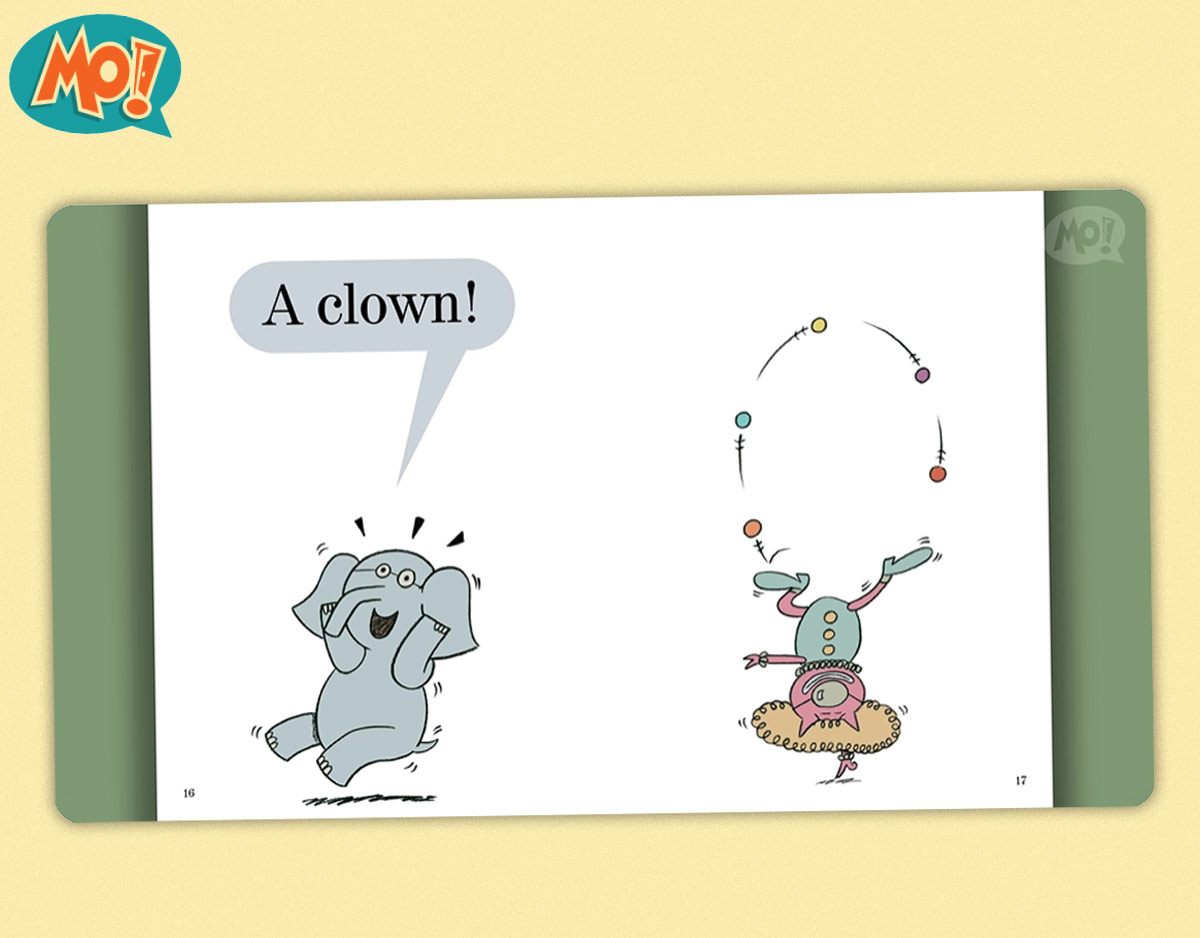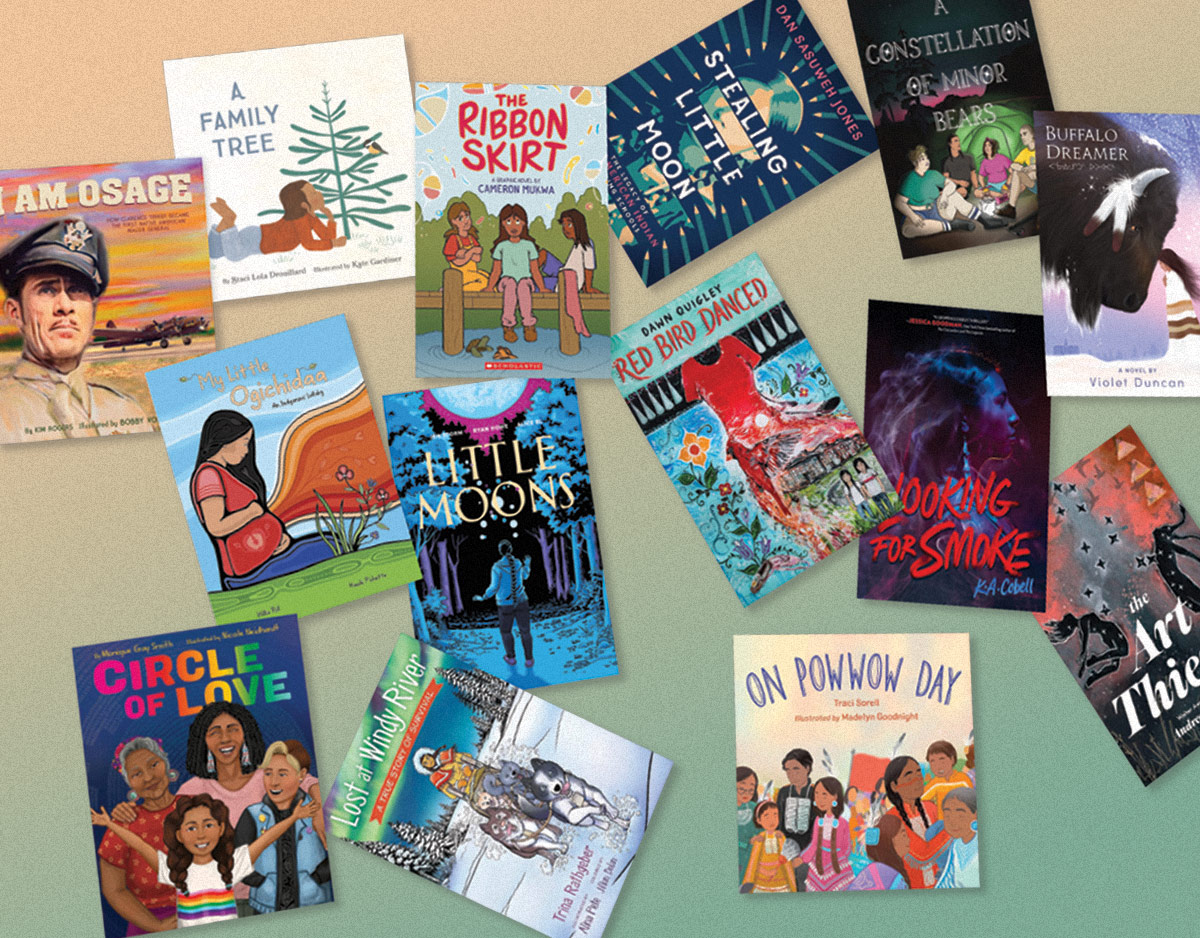Review of the Day: Tales from Outer Suburbia by Shaun Tan
 Tales from Outer Suburbia
Tales from Outer Suburbia
By Shaun Tan
Arthur A. Levine (an imprint of Scholastic Books)
$19.99
ISBN: 978-0-545-05587-1
Ages 9 and up
February 1, 2009
On the face of it, I’m an inadequate reviewer for Shaun Tan. When you review a book for kids, what do you do? You take that little book, you pick apart its layers (if you’re lucky enough to find any), then you box up each and every one of those layers, a paragraph apiece, and voila! Instant review. Having a format to follow makes everything so simple. It’s as if you’re simply filling in the blanks on a Mad Libs sheet. “Pronoun has written an adjective book that will adverb verb you each and every time you verb it.” Shaun Tan messes everything up for me. His books don’t read like other books. His text (now that I’ve seen it for the first time) doesn’t bloody read like the text of other people. He’s not just writing new kinds of stories, but reinventing the very nature of short story collections, personal histories, sketchbooks, suburban metaphors, and on and on they go. Would you believe me if I told you that I’ve tried several times to cut apart a couple layers of this book for boxing up purposes, only to find myself staring for several minutes at some small detail, font, or turn of phrase on a given page? You know what? Don’t go asking me who this book is for. Don’t ask me what the age range is, or how you’re going to catalog it, or what kind of person you could give it to for a birthday present. You want an easy book that slots into your preconceived notions of what constitutes children’s literature? Well forget it, sister. This isn’t it. Tales from Outer Suburbia is a book for every human being you know, from the age of nine and up. It’s heartbreaking, and funny, and weird, and smart, and unlike any other book you’ve read up until this point in time. It’s what happens when someone tells you a dream they just had and you end up crying and laughing at the description all at once. It’s brilliant, and I’m inadequate to describe it to you, though I’ll do my best to try.
Okay. Rather than go through my standard first paragraph opening, second paragraph description, third and onward paragraph critique, I’m going to follow my old pattern, but shake things up a little. If you hold a copy of Tales from Outer Suburbia in your hand you’ll see that it’s just 96 pages or so long. A relatively thin book, but the language is more advanced than your average early chapter book. The endpapers are tiny sketches. Tons of them. But I’ll get to those later. The Table of Contents shows a range of tiny stamps on a brown paper package, each one with the title of its chapter writ small. And then you get to the stories themselves and it’s about here that I start to break down. I mean, do you want the general gist of what you’ll find here? In brief, each tale takes place (to some extent) in suburbia. Where people have lawns and bus stops and playgrounds. But it’s a suburbia where the peculiar is almost commonplace (though anything that shakes up the neighbors takes on a special glow). There are tales of water buffalos, rescued turtles, marriage quests, and a single nameless holiday. It’s the stuff that crawls around in your head when you’re half asleep, and you could maybe even chalk it all up to subconscious ramblings if the stories didn’t make so much sense and didn’t linger in your head for quite so long. It doesn’t quite do to pick this book apart, but I really can’t resist doing so. And I’m sure I’m not the only one.
ADVERTISEMENT
ADVERTISEMENT
The most obvious thing to compare to this, if comparisons are something we have to make, is The Twilight Zone. The last time suburbia got this skewered with the unknown, it was in that post-war Rod Serling era. Maybe history repeats itself. Maybe our new era with our new president and our new hope in the American dream means that suburbia will once again take on those mythic qualities it was once thought to have. In the past Shaun Tan has said that the notion of suburban communities has always fascinated , why not? Suburbia is a state of safety and collective agreement that can go terribly wrong when left to its own devices. There’s a kind of insanity to it, and Tan has very delicately placed a finger on that insanity’s pulse. He will give you a sense of it, but you will never quite see the whole.
I only know Mr. Tan through what I have read of him in interviews, on his website, and through his books. But if I were a betting woman and someone asked me to place money on the story in this collection that is closest to the author’s heart, I might consider “Eric” and give a long glance at “Broken Toys”, but in the end I’d put my faith in “No Other Country”. Because, really, here we have a story that combines the two themes of Mr. Tan’s work. There is the notion of being the other, the stranger, the immigrant in a place you do not want to be and where you do not feel like you belong. And then you have this story about a family in a country that they do not feel is their own, finding a little sanctuary under their own roof. The kind of thing that they discover only occurs in the country they are now in. That story felt more personal than the others here.
And there is only one story in this collection that I read over and over and over and over again, trying to make sense of what I’d just experienced. It’s a story that sounds like a Ray Bradbury tale. Thinking about it, Bradbury’s suburban science fiction is like an older, darker brother of Tan’s. Both enter the impossible into the seemingly mundane, but when Bradbury did it you were sometimes left feeling contented or chilled. In comparison, even the happiest story in Tan’s collection has a bittersweet aftertaste to it. The “Make Your Own Pet” sequence is a good example of this. But in one case Tan veers dead-on into Bradbury territory. “The Amnesia Machine” demands that you read it yourself, so I will simply say that of all the tales here, it was the only one that left me feeling a bit chilled. Essentially, if you need a story for a bookgroup discussion, and I include all ages in that statement, this here’s your best bet.
It is significant, don’t you think, that I’ve not really mentioned Tan’s art up until this point? Anyone who read The Arrival cover to cover would know that as an artist Tan is without compare. Of course, The Arrival didn’t really give the man a chance to explore his range. It was sort of an all-sepia, all-the-time showing. There’s nothing wrong with that, but one of the reasons I like Tales so much in comparison is that it really allows Mr. Tan a chance to bust a move when he feels like it. As a result you have the woodblock/scratchboard technique of “The Nameless Holiday” alongside the Chris Van Allsburg-like use of mixed media and graphite in “The Amnesia Machine”. He employs a distinctly Japanese-inspired painting technique for “Broken Toys” whereas “Alert But Not Alarmed” uses bold colors to display light when it’s directly above your head in the middle of the day. And I could on naming the other techniques or cooing over his use of light (he really is quite good with it) but it’s all for naught unless you see it for yourself. Which you should. You really should. And for the record I’m glad the publisher didn’t go the crazy route and get tactile with this book. I like seeing little stamps in lieu of chapters in the Table of Contents, but I wouldn’t actually want to be able to pluck them out. There’s sense behind the design here.
And now we go about dedicating one whole paragraph to the endpapers. Now, I don’t actually know the story behind Tales of Outer Suburbia but it seems pretty clear to me that these stories didn’t happen overnight. Some of them probably were written and drawn over the course of several years. In the Advanced Readers Galley (I cannot vouch for the final copy) you will find that in “Make Your Own Pet”, in the lower right hand corner of the second page is the faintest possible white ink reading “Tan 2001”. Now look at the endpapapers of this book. Aren’t they beautiful? They look like Mr. Tan’s sketchbook. A place where he randomly included any tiny thought or idea that popped into his head. A couple of the critters here made it into the book too. There’s Eric (in both the front and the back of the book). There’s the mouthless creature that sports a single huge lashless eye. There’s what looks like one of the rabbits from the book he did with John Marsden called The Rabbits. And there’s that snakey dragon tail so prominent at the beginning of The Arrival. You’re left wondering if this is from his actual sketchbook. Did he write a story for every image here? Could someone else? I like to imagine a classroom somewhere where a teacher hands this book to the students and encourages them to write a short story to accompany one of the hundreds of tiny pictures found here. I know which one I’d do. It would be the picture of a grumpy old man with a cheery, possibly caped, sprite on his shoulder that cries out, “Carpe diem!”
When The Arrival came out it was unmistakably brilliant but caused some people no end of trouble. Where do you put it? Is it a children’s book? Is it for teens? Adults? Bookstores were baffled beyond belief. Libraries just cataloged him as everything and threw his books up willy-nilly on their shelves. Because it is a much quieter book than The Arrival and can’t glom onto an existing community like the graphic novel advocates, my suspicion is that Tales from Outer Suburbia will make a relatively smaller splash. This is not to say that the book is any less inventive. If I wanted to I could write a review where I carefully and closely examined each and every story here piece by piece. Tempt me not. There are only so many hours in the day, and I should let you find the other remaining surprises on your own. I hope this book reaches as many kids, teens, and adults as possible. After all these words I still don’t think I’m the right reviewer for it. But if I can make anyone even slightly curious about its content then I’m happy. Inadequate, sure, but content.
On shelves February 1, 2009.
Other Blog Reviews:
- Kids Lit
- Collecting Children’s Books
- Peeking Between the Pages
- Reading Rants
- She Reads Books
- PGSC Book Cafe
- Belonging
- A Curious Statistical Anomaly
- The Keepin’ it Real Book Club
- O Audacious Book
- Back to Books
- Books n’Whatnot
- Scott’s Bookshelf
- Novels Now
- Skerricks
- The Sydney Morning Herald
- The London Free Press
- The Montreal Gazette
- CM Magazine
- ABC Canberra
- Epoch Times
- M/C Reviews
- papertigers
- GAYinWA
- Straight.com
- Read Yourself Raw
- Imperial Purple
Misc:
- Here is an interview with Shaun Tan about the book.
- And his thoughts on suburbia itself, as interviewed by The Australian.
- An interview with him on ABC Radio National (there’s a transcript available for your perusal).
- Tan’s other thoughts on each and every story are readily available here.
- You can read the Publishers Weekly and Booklist reviews here.
- Read the full text of the story The Nameless Holiday.
- Or you can read a different selection in this pdf.
- And, finally, an audio interview with Tan with visuals about the book:
Filed under: Best Books, Best Books of 2009, Reviews, Reviews 2009
About Betsy Bird
Betsy Bird is currently the Collection Development Manager of the Evanston Public Library system and a former Materials Specialist for New York Public Library. She has served on Newbery, written for Horn Book, and has done other lovely little things that she'd love to tell you about but that she's sure you'd find more interesting to hear of in person. Her opinions are her own and do not reflect those of EPL, SLJ, or any of the other acronyms you might be able to name. Follow her on Twitter: @fuseeight.
ADVERTISEMENT
ADVERTISEMENT
SLJ Blog Network
Tegan and Sara: Crush | Review
The Seven Bills That Will Safeguard the Future of School Librarianship
Take Five: Dogs in Middle Grade Novels
Gayle Forman Visits The Yarn!
ADVERTISEMENT








You know I was wondering where the heck they would shelve him also as I was reading this, but then again I don’t think any of his books shelve easily. (“The Rabbits” looks like a picture books for little kids but you and I both know that it works ways older than that and would probably be most appreciated by politically minded teens.)
I think the SFF blogs need to pick this up and run with it because I sure saw the Bradbury sensibility in there. I also would love to see it in art classes across the country…what a way to learn about illustrating.
The guy is just a wonder.
THANK YOU for this post, Betsy. I am not just slightly curious about the book – I am going to make it a point to buy it and read it!
I love this book — my friend Erica brought me a copy from Australia last year. In Tales from Outer Suburbia, Tan manages to be both hilarious and poignant, perceptive and goofy. Part Kafka, part Monty Python, but also quite sweet.